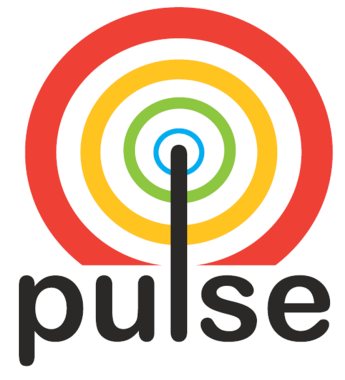
The Services
LEARNstyle, based in Toronto, Ontario, was launched in 2008 as a company offering training on the use of Assistive Technology in Ontario schools. The company expanded this service to include colleges and universities, in addition to providing training on Google and Microsoft educational apps found in the Cloud. Their newest service, PULSE, analyzes and supports varied learning styles and approaches.
Assistive Technology: Through presentations, webinars, small group workshops, and one-on-one sessions, LEARNstyle helps educators and students fully utilize the full range of Assistive Technologies and software. LEARNstyle works with colleges and universities, as well as school boards, on the choice of appropriate technology, plans for its integration, and training for all users.
As many LEARNstyle staff, as well as being certified teachers, have learning disabilities, they have a deep understanding of the essential role of Assistive Technology at all levels of education and provide role models with whom students can identify. Students with learning disabilities often resist using the software and technologies which mark them as different from their peers. The LEARNstyle approach has been to present the Assistive Technologies as more broadly useful, supporting, for example, software that reads e-mails aloud so all students can verify grammar and message clarity.
Using the Cloud: Both Microsoft and Google make a wide range of apps offering educational support available in the Cloud. LEARNstyle helps colleges, universities, and school boards determine which of the two suppliers, and their selection of apps, would most effectively meet their needs for all students, with special attention to the requirements of those who are learning disabled. Both faculty and students are trained in their use, often supplemented with videos for the institution’s website.
Learning Style Analysis: On September 1, 2014, LEARNstyle released PULSE (Personal use learning system evaluation), a series of 16 online games designed to guide the analysis of student learning styles, in the four categories of visual, auditory, sequential, and kinesthetic. Learning disabled students, as well as their classmates, can better understand the best approaches they might adopt for success with their learning. Online resources and guidelines are offered so faculty and teachers can determine teaching strategies that best suit the various learning approaches.

PULSE was pre-tested by 4,000 elementary, secondary and post-secondary students, at institutions such as Queen’s University, Ryerson University, Centennial College, and Lakehead University.
The analysis of the learning styles often surprises teachers as they become aware of the range of approaches in their classrooms. It can be particularly helpful for those teaching online courses who have less direct contact with their students.
The Company

DJ Cunningham, LEARNstyle’s Chief Executive Officer, has a significant learning disability, and the consequent experiences with negative perceptions, trauma, and coping mechanisms. At Trent University, he discovered Assistive Technologies, which offered him access to independence and academic success. LEARNstyle began in 2007 as a way of bringing these technologies to students with learning disabilities in Ontario schools.
The company expanded this perspective in two major directions. One is by defining and demonstrating how the online tools for students with learning disabilities can benefit all learners. The second is the expansion into serving post-secondary institutions and students. Through his keynotes and presentations, DJ offers his personal experience to underline how Assistive Technology can change students’ lives. One Ontario college recognized the importance of this message by broadening the audience for his presentation from those who support students, to the entire staff of student service division, and, finally, to the entire staff of the college.
The Future

As described by David Mahon, Director of Customer Experience, the future of LEARNstyle is to continue to strive to break down the barriers between learning disabled and general education students. Technologies facilitate the full participation of learning disabled students through new tools for collaboration. With an entire class using technologies for learning, the use of Assistive Technology no longer stigmatizes and separates students.



